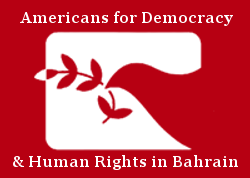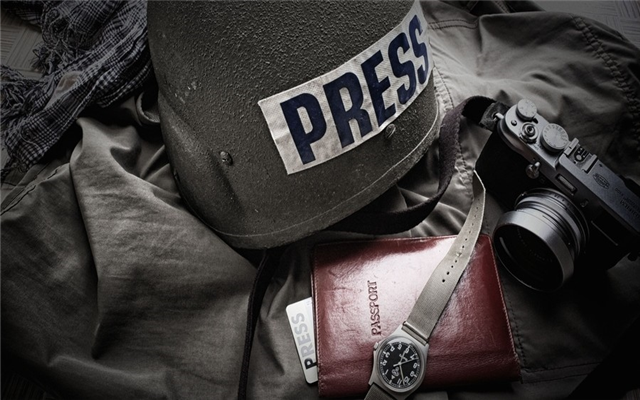Since the start of the humanitarian crisis in Yemen, the Saudi-led military coalition has conducted a number of attacks on schools, hospitals, houses, and factories. In the past month, the Saudi coalition attacked a school in Saada province, killing ten children and wounding dozens. Days after the school bombing, Saudi Arabia launched airstrikes on a hospital in Abs province that killed a reported 19 people, including patients and medical staff. In 18 months, UN officials estimate that approximately 10,000 people have died since the beginning of the crisis in Yemen.
As the Saudi-led coalition and other forces continue to destroy Yemeni infrastructure, there have also been a number of attacks on journalists. Eight journalists have been killed since the Saudi-led campaign in Yemen began. Another two individuals who worked as media support staff have also been killed since the start of the crisis.
The most recent death of a Yemeni journalist occurred last month, in August 2016. Mubarak al-Abadi was a reporter and president of the Nabaa Media Foundation. Al-Abadi helped to train journalists and contributed to several international news outlets. On 5 August 2016, while reporting on fighting between government-allied forces and other groups, al-Abadi was hit by a mortar explosive and killed.
The staff of Al-Masirah TV station, a Houthi-aligned news outlet, suffered at least two losses in less than five months. On 17 September 2015, a Saudi-led coalition airstrike killed journalist Bilaal Sharaf al-Deen. He had been on-site at the location of a recent airstrike in Sanaa reporting on the attack. While conducting his work, warplanes dropped a second airstrike on the same location, killing him. On 21 January 2016, 17-year-old Hashim al-Hamran was injured in attacks from a Saudi-led coalition airstrike. Al-Hashim sustained his injuries while working as a cameraman for the news outlet. The following day, on 22 January 2016, al-Hashim succumbed to his injuries and died.
The Saudi-led coalition and its allies are not the only actors violating the rights of journalists; Houthi forces have abducted several reporters since the start of the conflict. On 20 May 2015, Houthi fighters abducted two reporters, Youssef al-Ayzari and Abdullah Qabil. Al-Ayzari worked for Suhail TV and Qabil worked for Belqees TV and Yemen Youth TV. The bodies of the reporters were found days later, on 24 and 25 May, under the rubble of a building that had been destroyed by Saudi-led coalition airstrikes. In February 2016, Houthi forces captured and abducted journalist Abdullah al-Minefi. Al-Minefi worked for Al-Sahwa Net, an outlet that is reported to be critical of Houthi forces. As of September 2016, there are no updates on al-Minefi’s whereabouts.
The targeting of journalists during wartime is a crime. According to the International Committee of the Red Cross (ICRC), “in order to perceive the full scope of protection granted to journalists under humanitarian law, one simply has to substitute the word ‘civilian’ as it is used throughout the Geneva Conventions and their Additional Protocols with the word ‘journalist.’” The Saudi-led coalition and Houthi forces must immediately stop targeting journalists and news correspondents. The rights of journalists to freely report news without fear of being killed or being subjected to reprisals for their work must be respected by all government and non-government actors operating in Yemen.
Erin Sigmon is an advocacy assistant at ADHRB.





